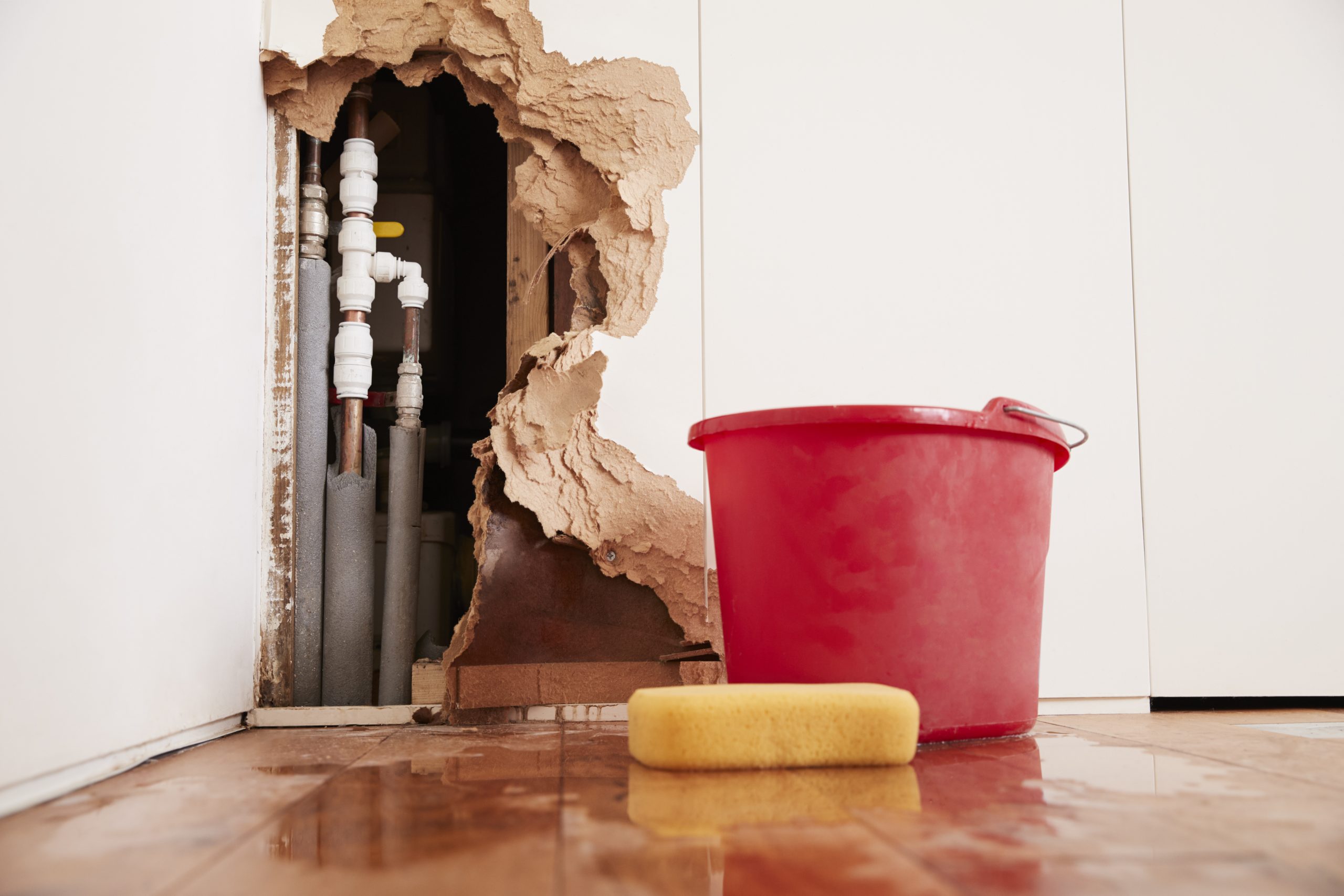Any homeowner’s worst fear is water damage. The aftermath of water damage, whether caused by a bursting pipe, a leaking roof, or an act of nature like flooding, may be catastrophic. However, in the face of such adversity, there is hope – a process akin to liquid resurrection. Learn the ins and outs of water damage repair in this in-depth essay that will have you living in a dry, habitable space in no time at all after a flood or other tragedy.
A Comprehensive Guide To Water Damage
Before delving into restoration techniques, it’s crucial to understand the nature of water damage. Water can wreak havoc in various ways, seeping into porous materials, compromising structural integrity, and fostering the growth of mold and mildew. What matters most in calculating the degree of damage are the quantities of water involved, the duration of exposure, and the materials affected.
Assessment And Inspection
An exhaustive evaluation and examination must precede any water damage repair work. To determine the best course of action, qualified experts assess the damage, pinpoint the regions impacted, and document their findings. No detail is left unchecked because of high-tech instruments like infrared cameras and moisture meters, which can reveal concealed water pools behind walls and beneath floors.
Water Extraction
Once the assessment is complete, the next step is water extraction. Powerful pumps and vacuums are employed to remove standing water swiftly and efficiently. Every drop counts in preventing further damage and expediting the drying process. Technicians prioritize the removal of waterlogged carpets, furniture, and other belongings to salvage what can be saved and mitigate potential mold growth.
Drying And Dehumidification
Drying and dehumidification become priorities once most of the water has been extracted. Industrial-grade dehumidifiers and air movers are positioned strategically to remove moisture from the air and surfaces. This stage may take several days to complete, depending on the extent of the damage and environmental conditions. Technicians monitor progress closely, adjusting equipment as needed to optimize drying efficiency.
Cleaning And Sanitization
Water damage isn’t always limited to moisture; it can also introduce harmful toxins and diseases into a property. To ensure a safe and healthy environment, thorough cleaning and sanitization are essential. Surfaces are treated with antimicrobial agents to inhibit mold growth and eliminate odors. Upholstery, carpets, and other textiles undergo specialized cleaning processes to restore them to their pre-damage condition.
Restoration And Repairs
The restoration process can commence once the impacted areas have been thoroughly cleaned and dried. This may involve minor repairs such as patching drywall or replacing damaged flooring, or more extensive reconstruction efforts to restore the home to its original state. Skilled craftsmen work diligently to address structural issues and cosmetic damage, striving for seamless integration with the unaffected areas of the home.
Preventative Measures
While water damage restoration focuses on recovery, prevention is equally important in safeguarding against future incidents. Homeowners should install flood detectors and sump pumps, maintain their plumbing and roofing systems regularly, and make sure places prone to moisture, such as basements and bathrooms, have enough ventilation. Preparedness can mitigate the impact of water damage and minimize the need for extensive restoration efforts.
The Importance Of Professional Expertise
The intricacy and hazards of water damage restoration make it impossible for do-it-yourselfers to do the job properly. Certified restoration companies possess the necessary training, experience, and equipment to handle water damage scenarios safely and effectively. Homeowners can speed up the recovery process and lessen the long-term effects of water damage by hiring experts.
Conclusion
Liquid resurrection is more than just a catchy phrase – it’s a testament to the transformative power of water damage restoration. Through a combination of advanced techniques, skilled craftsmanship, and unwavering dedication, what was once a waterlogged disaster can be resurrected into a dry, clean, and habitable space once again. Homeowners can confidently and resiliently manage the obstacles of water damage by grasping the intricacies of the repair process and seeking professional help when necessary.



